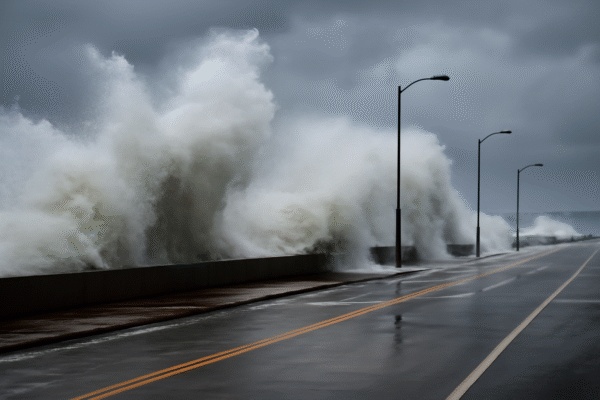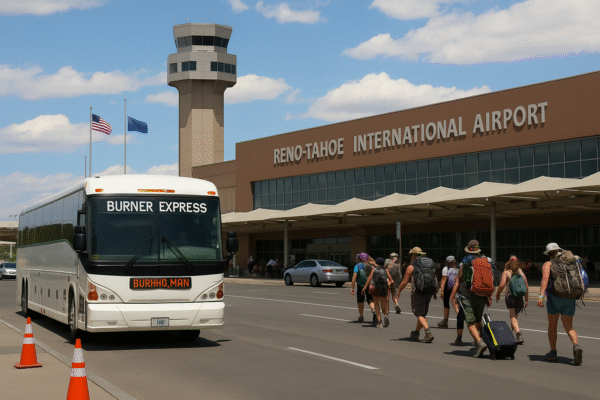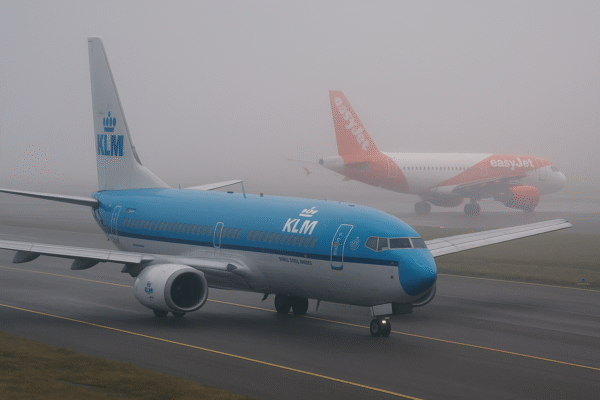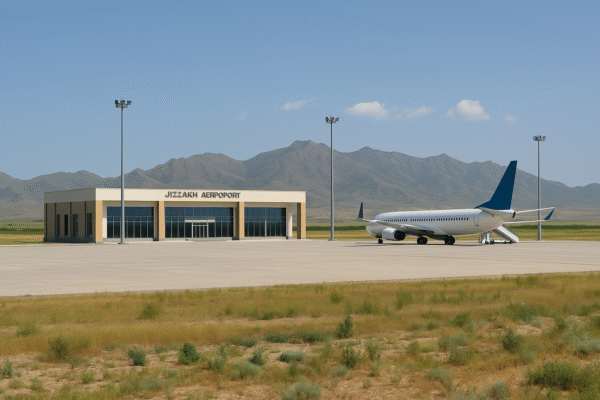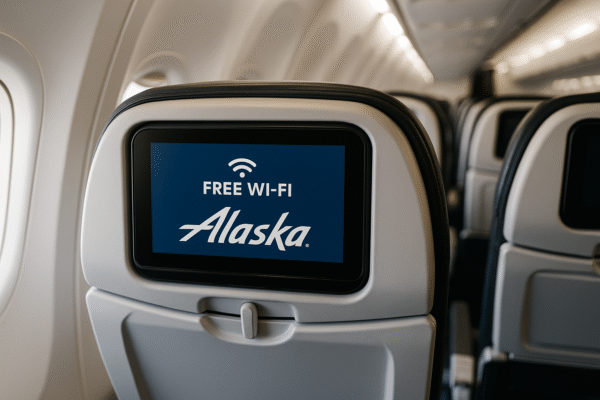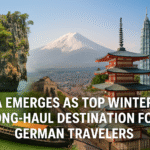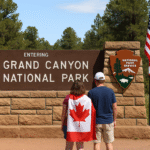As the summer travel season peaks, a dangerous combination of record-breaking heat and fast-moving wildfires is wreaking havoc across the American West, threatening travel plans, tourist destinations, and the safety of communities and visitors alike.
From California’s scenic Central Coast to the forested expanses of Oregon and the desert highways of Nevada and New Mexico, extreme weather events are converging to create a crisis that could impact millions. The states most affected—California, Oregon, Washington, Nevada, and New Mexico—are now on high alert, as wildfires burn through critical travel corridors, beloved landmarks, and fragile ecosystems.
California’s Madre Fire Becomes the State’s Largest Blaze in 2025
At the heart of the emergency is the rapidly expanding Madre Fire in southeastern San Luis Obispo County, California. First reported on July 2, the blaze has exploded to over 82 square miles by July 4, making it the largest wildfire in California so far this year, according to Cal Fire.
Fueled by sustained heat exceeding 95°F (35°C) and gusty winds topping 40 mph (64 kph), the fire remains only 10% contained. The California Office of Emergency Services (Cal OES) has deployed additional firefighting teams and air tankers to battle the blaze.
But the threat goes beyond flames. Smoke plumes now stretch for miles, affecting air quality across the Central Coast and prompting health warnings from the California Air Resources Board.
Route Closures and Travel Disruptions Across the Region
The wildfire’s intensity forced authorities to shut down a key stretch of State Route 166, a critical east-west artery connecting the coast with inland valleys. The California Department of Transportation (Caltrans) has no estimate for reopening, stranding tourists and disrupting freight shipments.
The closure complicates access to Carrizo Plain National Monument, a popular destination for nature tourism just 125 miles northwest of Los Angeles. As fire lines advance, the monument—famous for its spring wildflower blooms and sweeping grasslands—is under direct threat.
Meanwhile, alternate highways are overwhelmed as detours add hours to road trips. Vacationers headed for coastal towns like Pismo Beach or the inland wine regions near Paso Robles face long delays or cancelled plans.
Oregon, Washington, Nevada, and New Mexico Face Similar Challenges
In Oregon and Washington, unusually dry conditions have primed forests for ignition. The U.S. Forest Service has issued red flag warnings across the Pacific Northwest. In Washington’s Olympic Peninsula and Oregon’s Cascade Range, lightning strikes have already sparked several small fires, prompting trail closures and visitor advisories in national parks.
Nevada and New Mexico are also battling high temperatures and air quality alerts. Smoke from California’s fires has drifted eastward, affecting cities like Reno, Carson City, and Albuquerque. The New Mexico Tourism Department reports increased inquiries from travelers concerned about road safety and cancellations, especially along scenic byways and mountain routes.
Wildfires Threaten July 4th Celebrations and Local Economies
The timing of the wildfire surge is particularly damaging, as the Fourth of July weekend marks a crucial moment for regional tourism. In San Luis Obispo County alone, Independence Day tourism generates tens of millions in revenue annually, with hotels, wineries, and beach towns operating at full capacity.
Local businesses now face a flood of cancellations. Hospitality groups like the California Hotel & Lodging Association warn that even short-term disruptions could result in steep financial losses and job cuts in areas dependent on seasonal travel.
Adding to the danger, fireworks-related accidents have already ignited secondary fires in Los Angeles, where a blaze in the Pacoima neighborhood injured one person and destroyed several homes. Officials are urging residents and tourists to forgo personal fireworks in favor of official displays—many of which may now be canceled due to fire risks.
Airlines Monitor Smoke and Air Quality Near Regional Airports
Though major international airports remain unaffected, regional airports such as San Luis Obispo County Regional (SBP) and Santa Maria Public Airport (SMX) are on alert. Visibility concerns may lead to delays or rerouting, particularly for smaller aircraft.
According to the Federal Aviation Administration (FAA), airspace over Central California remains open but under enhanced surveillance as wildfires continue to grow.
Travelers Urged to Monitor Conditions, Review Insurance Policies
With changing fire lines and dynamic weather, authorities advise travelers to stay updated via official channels, including InciWeb, Cal Fire, and NOAA weather alerts. The U.S. Travel Insurance Association also recommends checking the fine print of insurance policies—many do not cover trip cancellations due to wildfires once the events are officially declared.
Hotels and tour operators across the West Coast are adjusting their cancellation and rebooking policies to provide flexibility amid the uncertainty.
Resilience and Preparedness Amid a Difficult Fire Season
Despite the chaos, communities are banding together. Emergency shelters have been established, and volunteers are supporting firefighting efforts and evacuation logistics. In cities like Santa Maria and Paso Robles, hotels are offering discounted rooms to displaced residents.
State and local governments, seasoned from past wildfire seasons, have implemented evacuation protocols and coordinated disaster response teams. The California Department of Public Health is distributing air filters and N95 masks to vulnerable populations in smoke-affected areas.
Looking Ahead
As the 2025 wildfire season intensifies, tourism across the American West faces mounting challenges. But as history shows, these regions are also remarkably resilient. From iconic coastal highways to national parks and small mountain towns, the spirit of the West endures.
Visitors with flexibility, situational awareness, and a focus on safety can still enjoy much of what California, Oregon, Washington, Nevada, and New Mexico have to offer. But for now, caution, preparation, and compassion will define this fiery summer of travel.
For more travel news like this, keep reading Global Travel Wire



